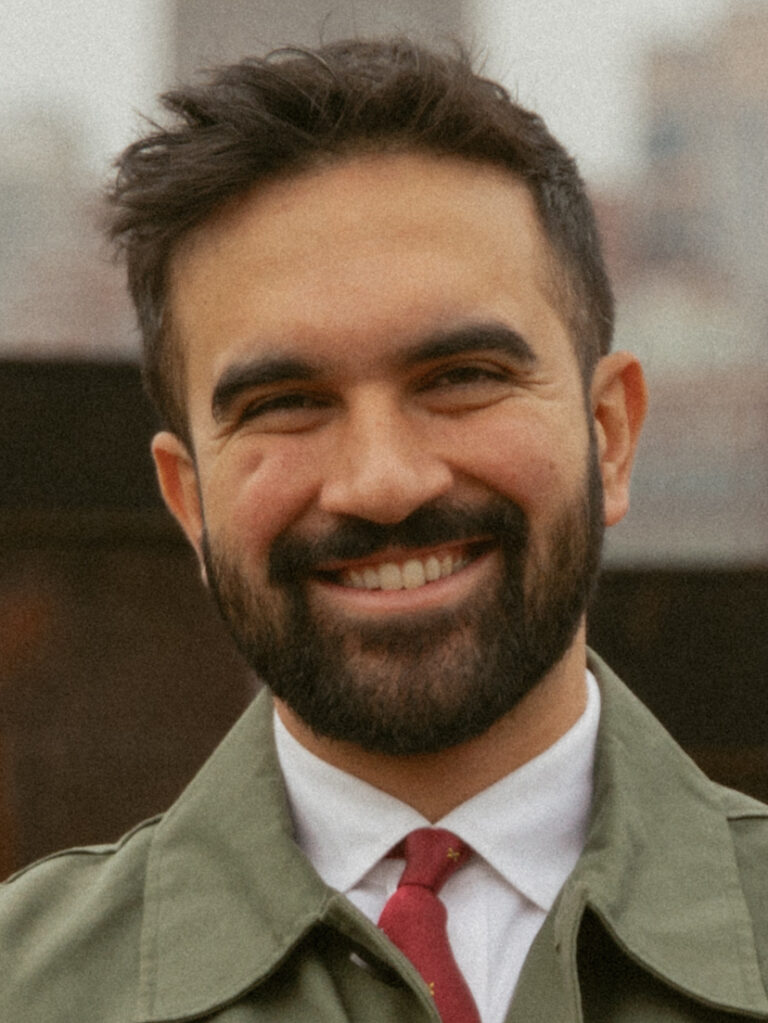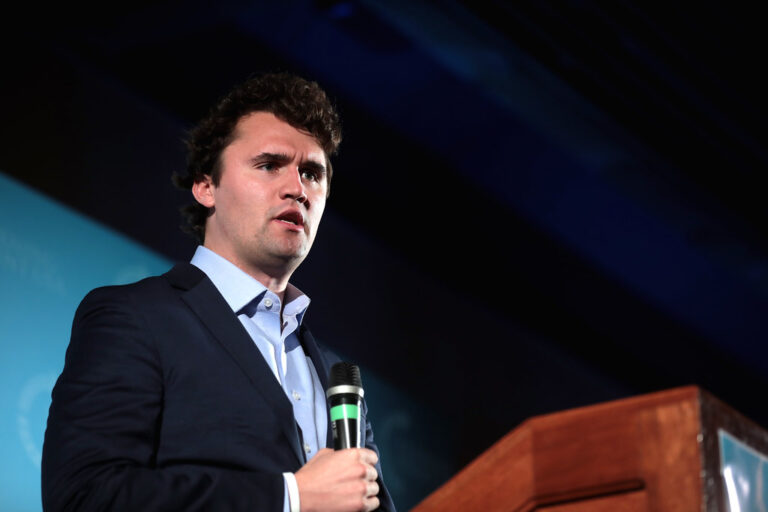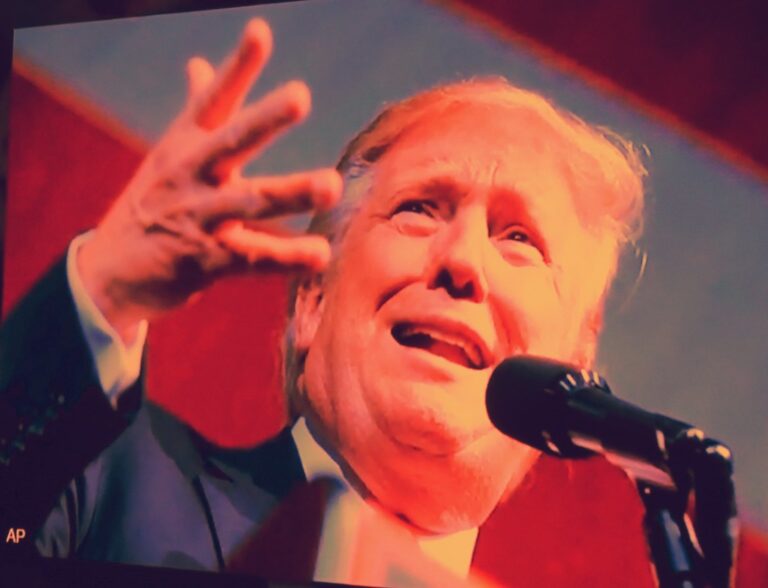Key Takeaways:
- Steve Bannon criticized Justice Department allies for delaying Trump prosecution.
- He named Pam Bondi, Kash Patel, Dan Bongino, and Todd Blanche.
- Bannon wants 25–30 more prosecutors to speed up Trump prosecution.
- He urged faster action on January 6 officers and Crossfire Hurricane lawyers.
Why Trump Prosecution Is Moving Too Slow
Steve Bannon slammed some Justice Department allies for delaying the Trump prosecution. He spoke on a recent show with Tucker Carlson. Bannon said time is running out. He wants the DOJ to act now.
Background on the Interview
Steve Bannon joined Tucker Carlson on “The Tucker Carlson Interview.” They talked about Trump’s plan to “save the Republic.” Bannon said DOJ officials moved too slow on cases tied to Trump’s political foes. Moreover, he said this delay hurts Trump’s chance to bring charges against his enemies.
Criticism of DOJ Officials
Bannon named four key figures: Pam Bondi, Kash Patel, Dan Bongino, and Todd Blanche. He praised their loyalty but said they hang on “by their fingernails.” He argued these allies must push harder for Trump prosecution. He said:
- Bondi must move faster to bring cases.
- Patel and Bongino hold key FBI roles.
- Blanche needs to speed up DOJ reviews.
Bannon said, “I love Kash and I love Dan Bongino. Kash is like a brother to me. But they’re two guys hanging on by their fingernails. The same with Pam and Todd Blanche.” He warned that slow work will let opponents avoid justice.
Calls to Target January 6 Officers
Bannon argued the DOJ should charge plain-clothes officers from January 6. He claimed these officers stirred the crowd into violence. So far, he said, prosecutors have ignored them. He insisted faster action on these officers would show the DOJ’s commitment to Trump prosecution.
Focus on Crossfire Hurricane Lawyers
Another target of Bannon’s criticism is the team that ran Crossfire Hurricane. That FBI probe examined Trump’s Russia ties in 2016. Bannon said lawyers linked to that operation have not faced removal. He urged the DOJ to fire them and consider charges. This push forms part of his vision for a full Trump prosecution.
Bannon Calls for Swift Action in Trump Prosecution
The Need for More Prosecutors
“This is why I say we need 25–30 more prosecutors,” Bannon said. He stressed that more legal staff would help the DOJ meet its goals. Without added hands, he warned, major cases tied to Trump’s enemies would stall.
Adding more prosecutors could let the DOJ:
- Split work among more teams.
- Focus quickly on high-priority targets.
- Reduce backlogs in major cases.
- Keep pace with incoming evidence.
Potential Impact on the Justice Department
If the DOJ hires dozens of new prosecutors, it could spark changes in how cases are handled. However, this push may face hurdles:
- Hiring and funding approvals take time.
- New staff require training and security clearances.
- Political opponents may block budget requests.
Despite these challenges, Bannon insisted the DOJ must find a way.
What Comes Next for Trump Prosecution
With Bannon’s public call, pressure on DOJ leaders will rise. Attorney General Bill Barr’s successors face growing demands. They must decide whether to expand teams and fast-track cases. Moreover, they need to balance legal ethics with political pressure.
If the DOJ agrees with Bannon, it could open investigations on:
- Officers in plain clothes on January 6.
- Lawyers from the Crossfire Hurricane probe.
- Other political figures linked to Trump’s enemies.
On the flip side, a refusal could fuel more criticism. Trump allies may stage more media appearances. They could call for congressional reviews of DOJ delays.
Why Speed Matters
Time matters in criminal cases. Evidence can disappear. Witness memories can fade. Documents may get lost. Thus, if the DOJ delays key parts of the Trump prosecution, it risks weakening its own arguments. Swift action can keep files fresh and witnesses engaged.
Moreover, quick progress sends a message. It shows the DOJ will not spare any political figure. This message might deter future misconduct.
Looking Ahead
As the election season heats up, calls for accountability will grow. Bannon’s comments may spark new media debates. Trump supporters could rally around the idea of a rapid Trump prosecution. Critics may accuse the DOJ of political bias. Yet, all sides will watch closely for any new charges.
In the coming weeks, watch for:
- Announcements of new hires at the DOJ.
- Special prosecutors being named.
- Public statements from Bondi, Patel, Bongino, or Blanche.
- Congressional hearings on DOJ staffing and funding.
In short, the future of Trump prosecution depends on whether key DOJ figures heed Bannon’s call. If they act fast, new cases could emerge soon. If not, delays will fuel more controversy.
FAQs
How many prosecutors does Bannon want for Trump prosecution?
Bannon suggested adding 25–30 new prosecutors to speed up cases tied to Trump’s political opponents.
Why did Bannon criticize DOJ officials?
He said Pam Bondi, Kash Patel, Dan Bongino, and Todd Blanche are too slow in handling cases against January 6 officers and Crossfire Hurricane lawyers.
What are the main cases Bannon wants to fast-track?
He wants the DOJ to charge plain-clothes officers from January 6 and remove or prosecute lawyers from the Crossfire Hurricane probe.
What could slow down these new hires?
Hiring delays, budget approvals, security clearances, and political pushback could all slow the process.










